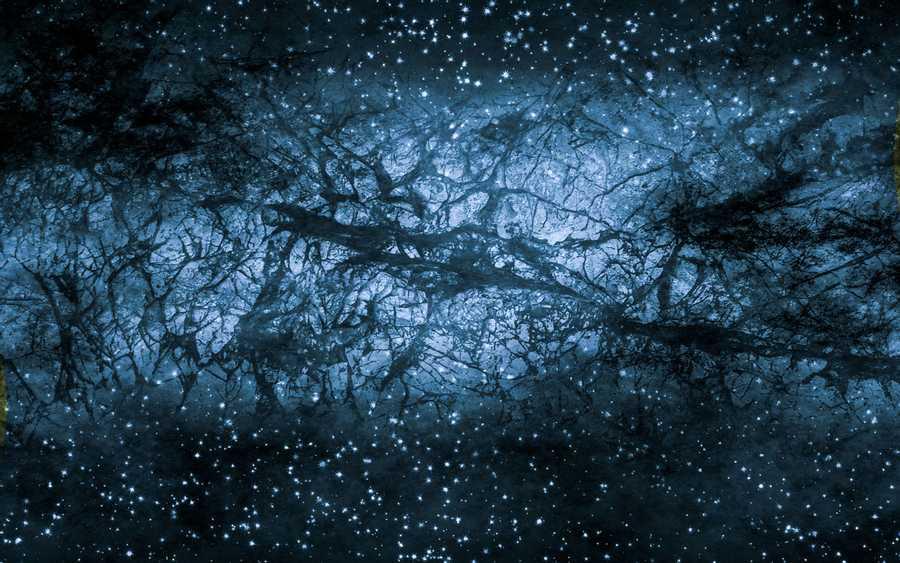The speed of dark
Scientists have long established the speed of light at just shy of 300,000,000 meters per second, or around 186,000 miles per second [source: NASA ]. While it might seem logical that the existence of a speed of light means there must be a way to determine the speed of darkness, this isn't necessarily true. While it may be possible to define the speed of darkness, this determination is heavily dependent on just how you define the dark.
Strictly speaking, dark is simply the absence of light, and thus has no speed at all, according to noted astrophysicist Neil deGrasse Tyson . In his opinion, the idea of a speed of darkness is no more than a poetic metaphor, but has no place in legitimate scientific discussion [source: StarTalk ].
If you expand the concept of dark, however, it may appear that the dark has a speed all its own. Consider a dark spot in a beam of light, which might be created by placing a piece of cloth or other object over part of the light source. While this dark spot might not meet strict criteria for total darkness, it travels at the same speed as the rest of the non-obstructed light [source: University of Illinois ]. This same speed of darkness holds true if you equate darkness to how long it takes for the light to go away when the power is switched off -- again, the speed of dark in this case is equal to the speed of light.
Widen the interpretation of darkness a bit further, and consider the speed of dark matter. This mysterious energy makes up 80 percent of all matter in the universe . In a 2013 study, scientists determined that dark matter should have a speed of 54 meters per second, or 177 feet -- slow compared to the speed of light [source: Armendariz-Picon and Neelakanta ]. Of course, dark matter velocity is theoretical at this point, as this matter has largely stopped moving, preferring to form haloes around galaxies throughout the universe. The 54 meters per second figure estimated its speed when the universe was first forming, extrapolated to how fast the dark matter could travel today if it were still in motion [source: Woo ].
2
4 reads
CURATED FROM
IDEAS CURATED BY
Keep reading, keep studying, the more you learn the more you change. If you are doing the Python lessons please join this discord channel https://discord.gg/kugXx9KY but please follow the rules
The idea is part of this collection:
Learn more about psychology with this collection
How to find inspiration in everyday life
How to stay motivated
How to cultivate a positive mindset
Related collections
Similar ideas to The speed of dark
Dark Matter Of The Universe
Dark Matter is a bizarre, unknown ingredient of the universe, which scientists cannot observe directly, but takes up 80 percent of the mass of the universe.
It is not seen by the naked eye as it does not emit light or energy. There are entire galaxies (like Dragonfly 44) that are made up e...
Proof That Dark Matter Exists
The way massive objects of the universe bend and distort gravity and light indicates to scientists about the existence of dark matter. The way large objects move about in the universe (velocity) also is a factor pushing towards the probability of much more mass than is visible.
Dark matter...
Light Speed
The Theory of general relativity suggests that if an object is faster than the speed of light, which is 299,792 km per second, and in a vacuum(no air). This also would mean that such objects would have an infinite mass and a zero-length, which is not possible.
Read & Learn
20x Faster
without
deepstash
with
deepstash
with
deepstash
Personalized microlearning
—
100+ Learning Journeys
—
Access to 200,000+ ideas
—
Access to the mobile app
—
Unlimited idea saving
—
—
Unlimited history
—
—
Unlimited listening to ideas
—
—
Downloading & offline access
—
—
Supercharge your mind with one idea per day
Enter your email and spend 1 minute every day to learn something new.
I agree to receive email updates
